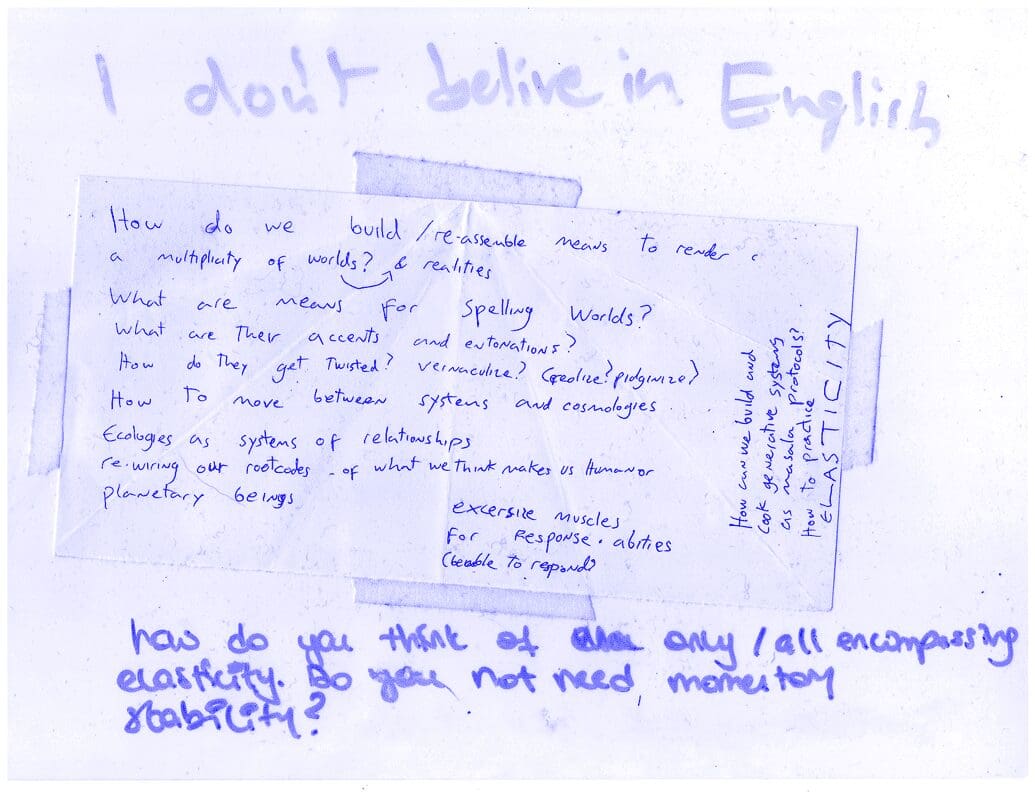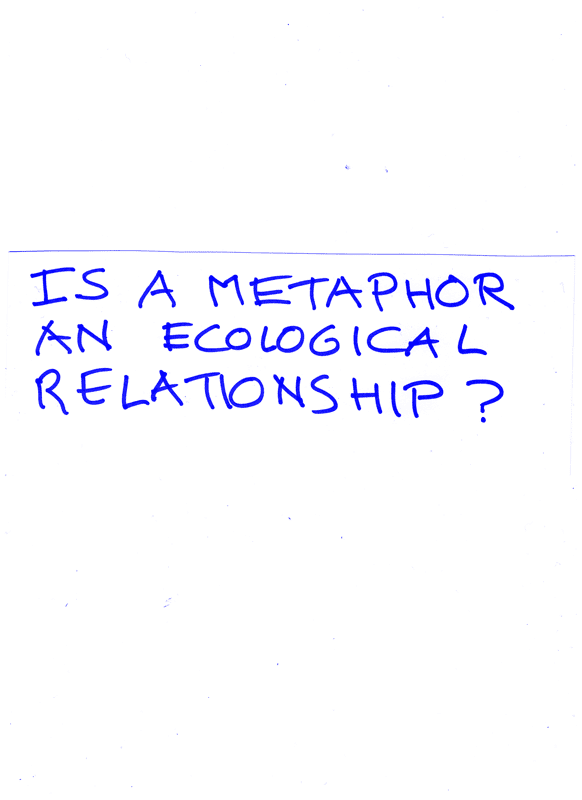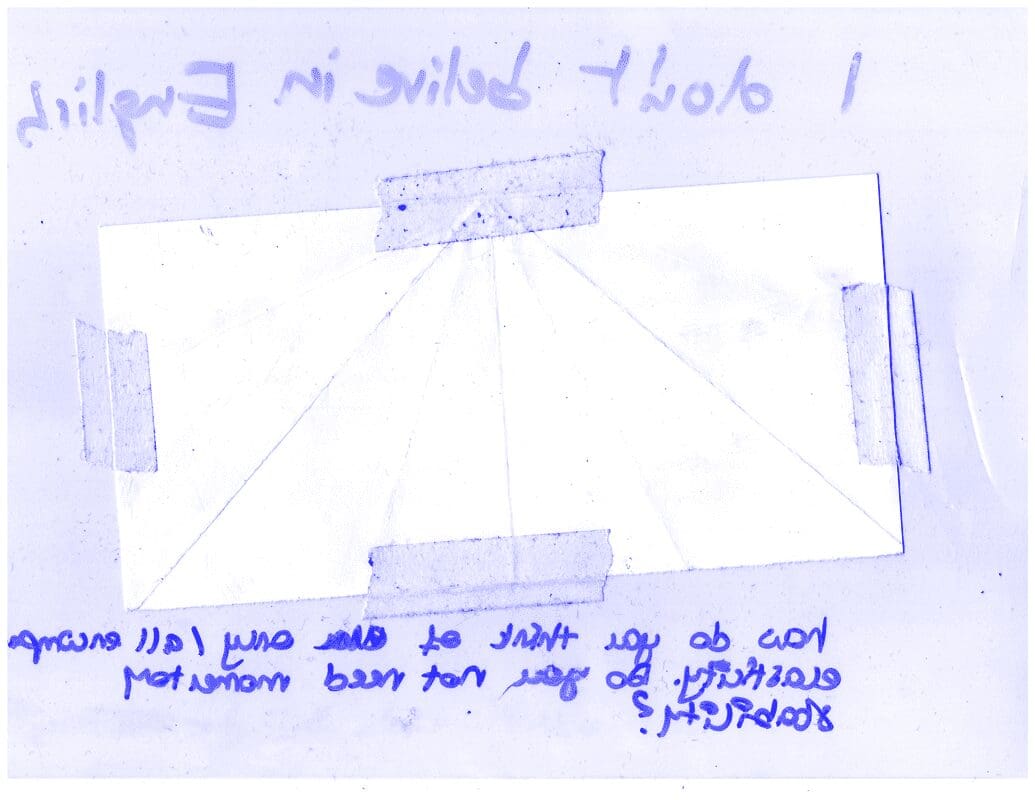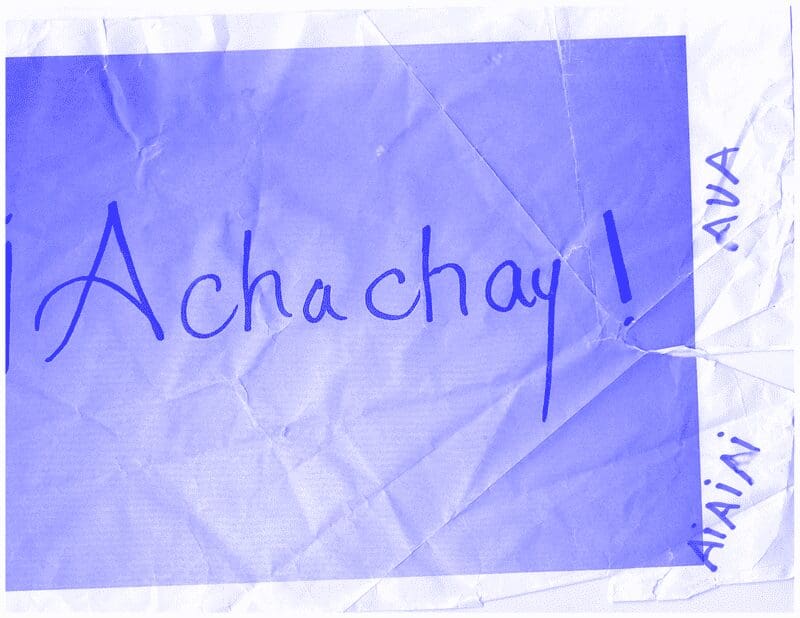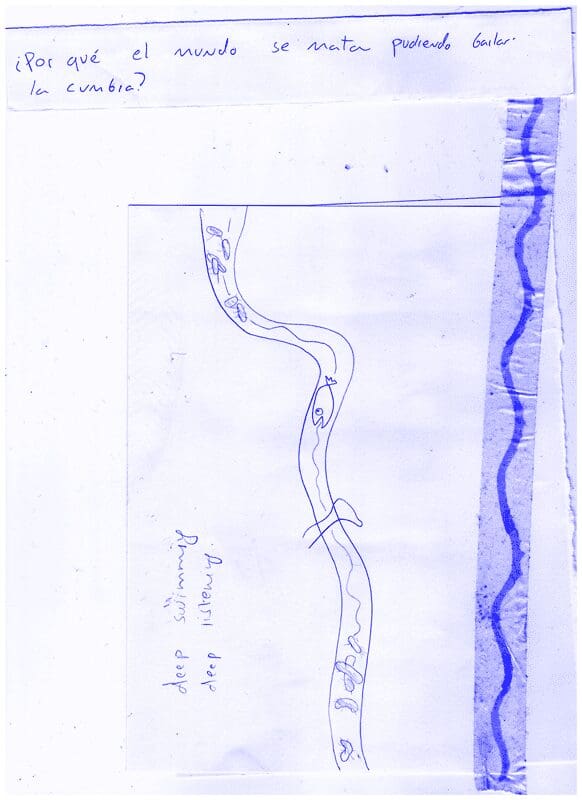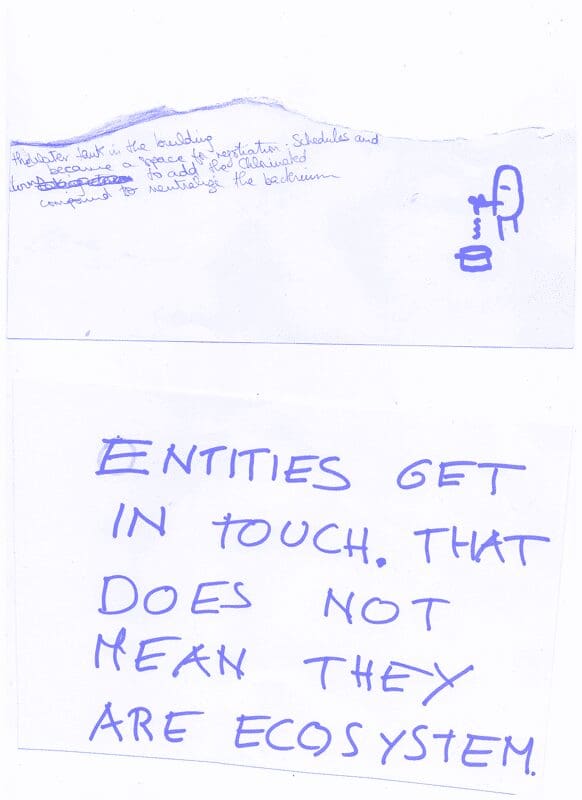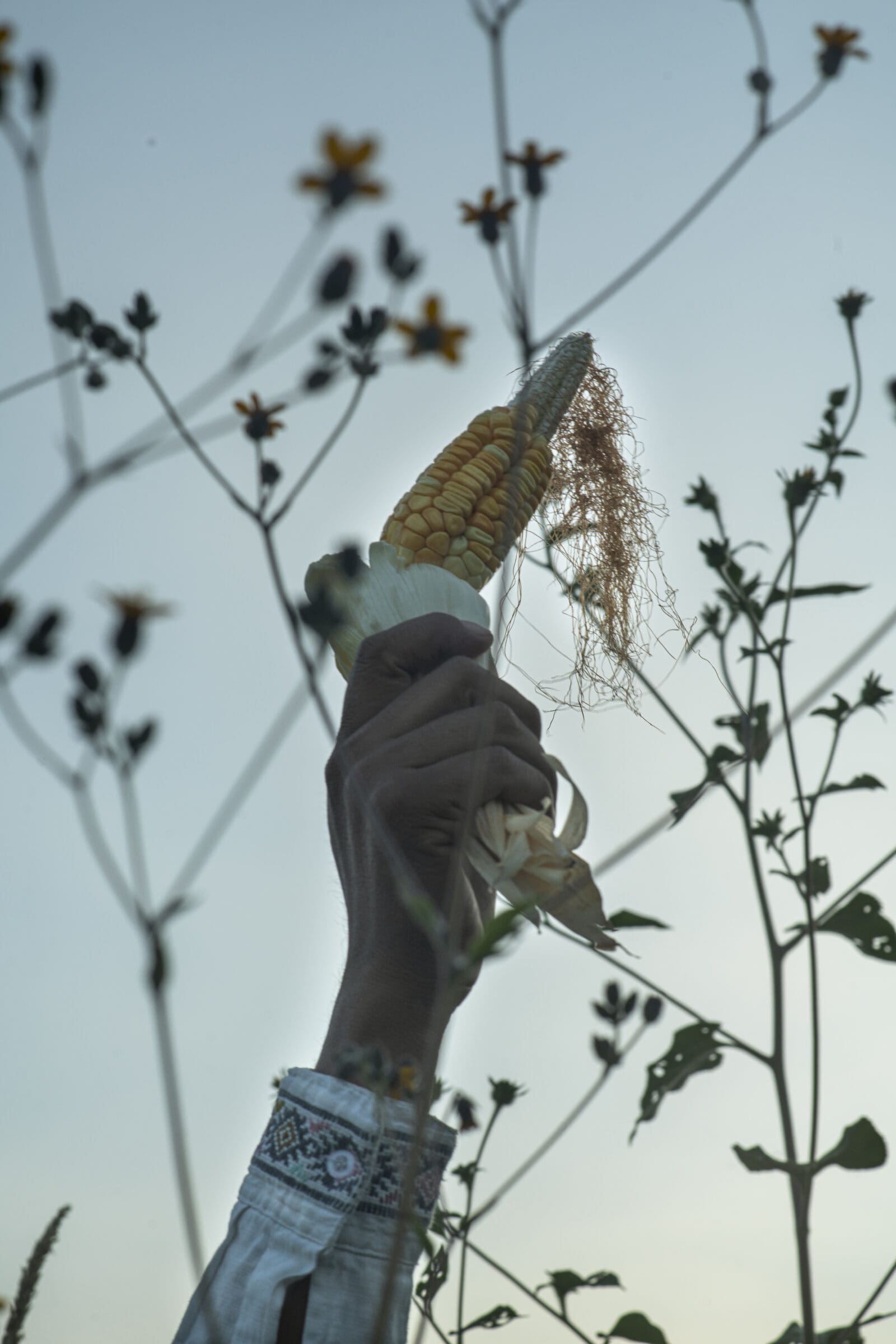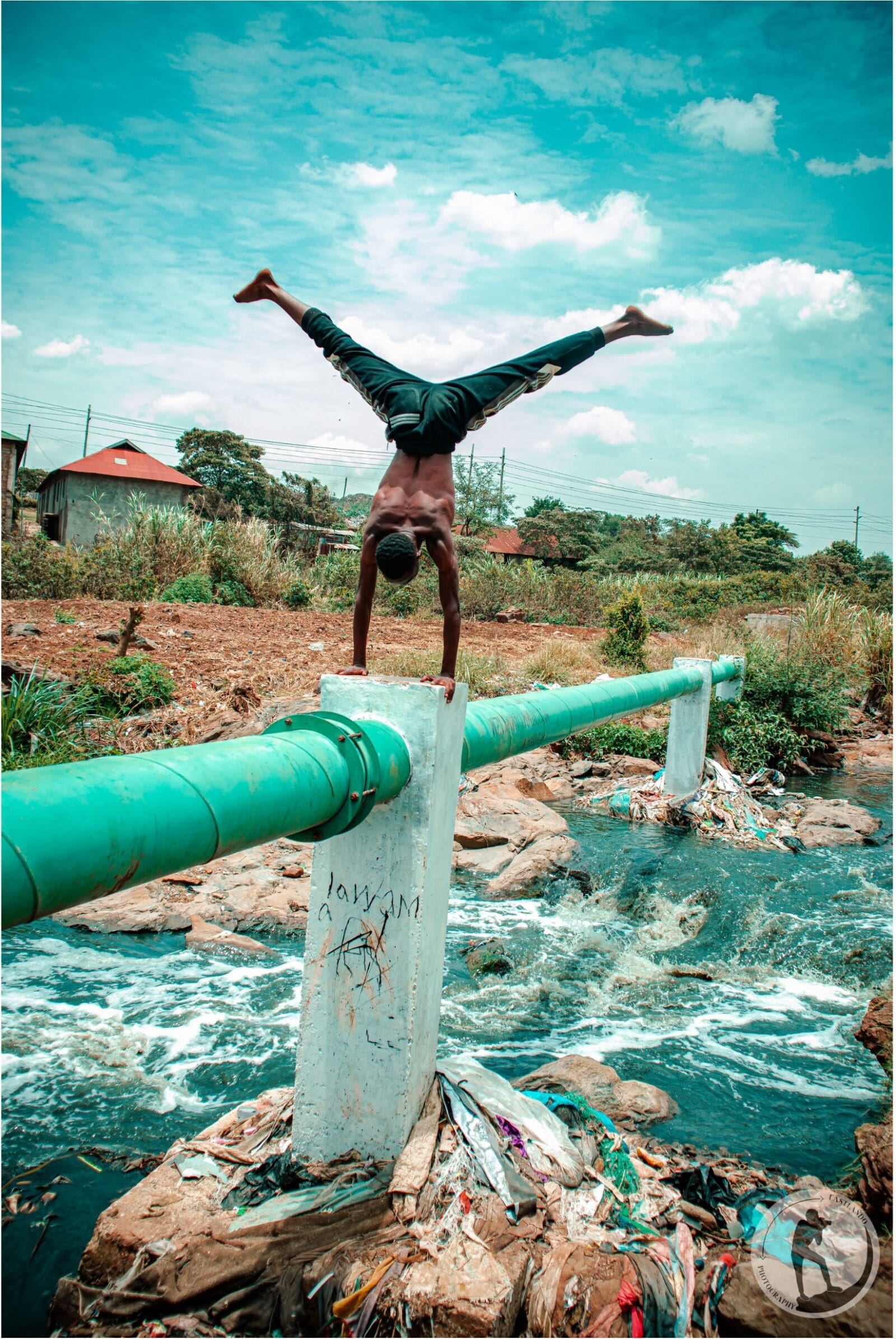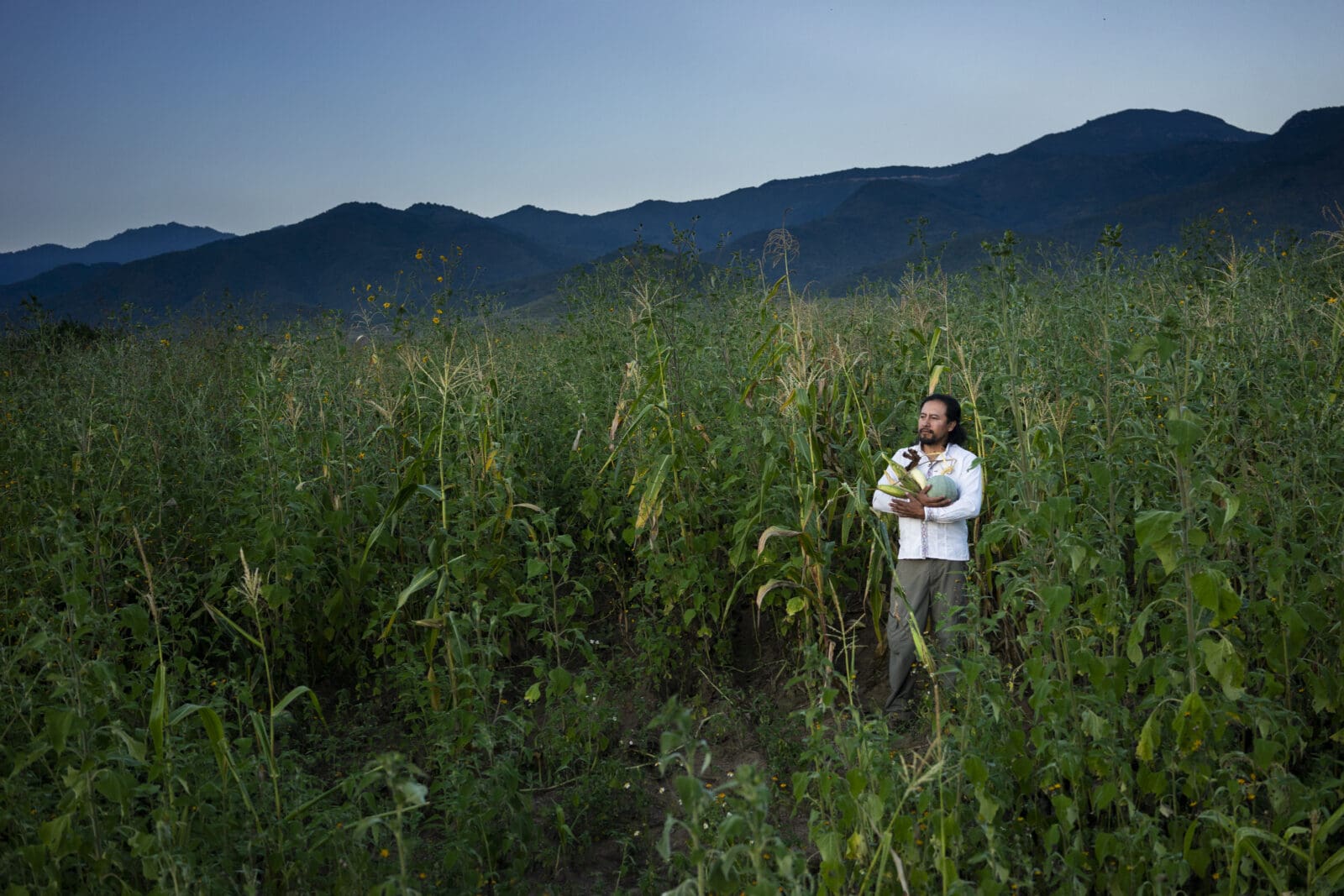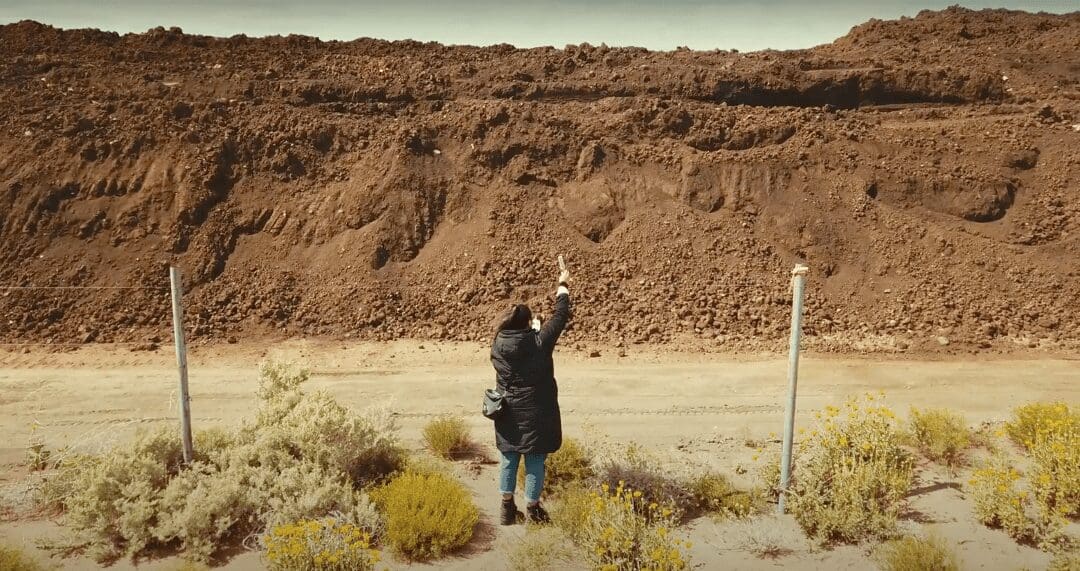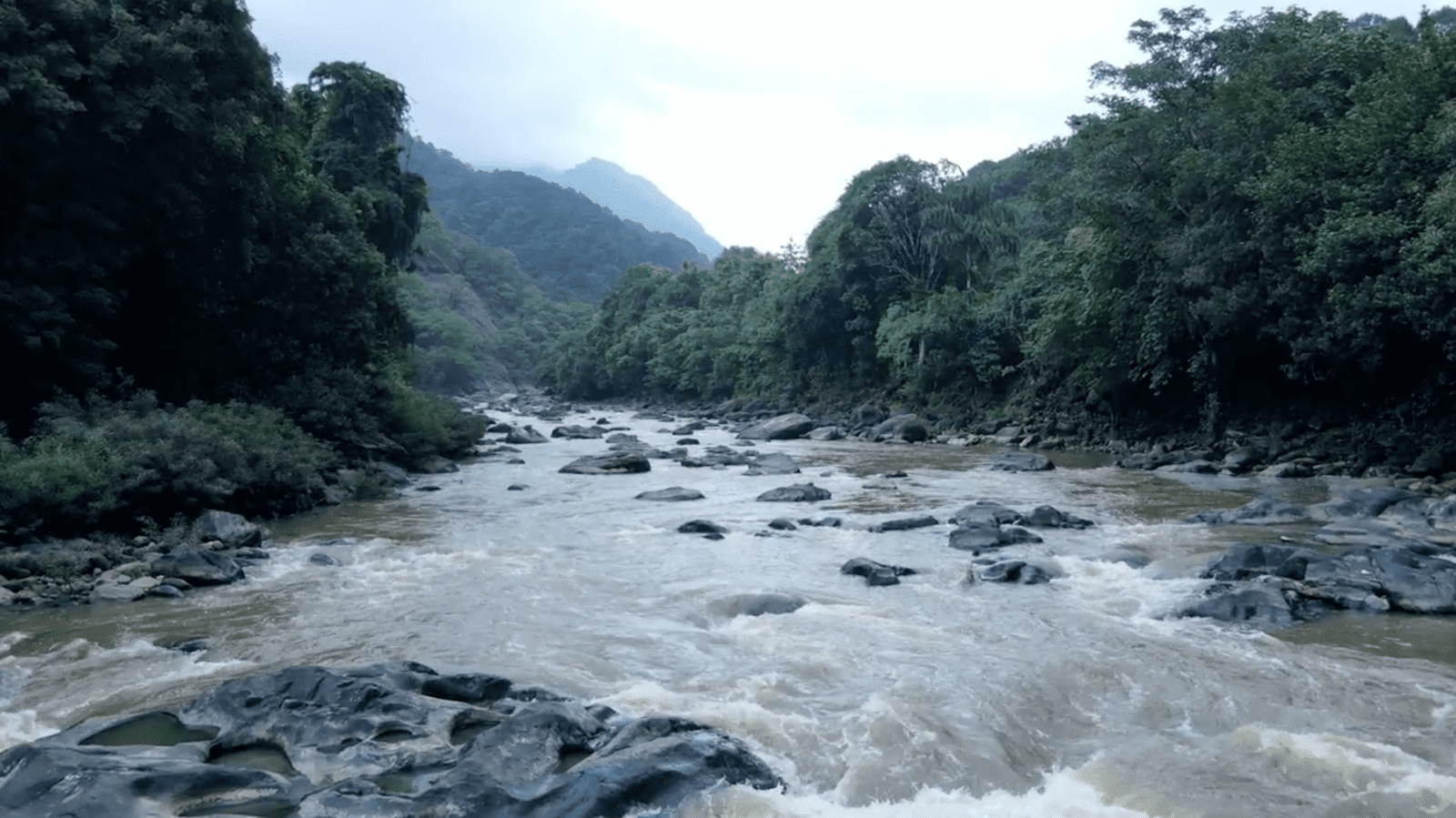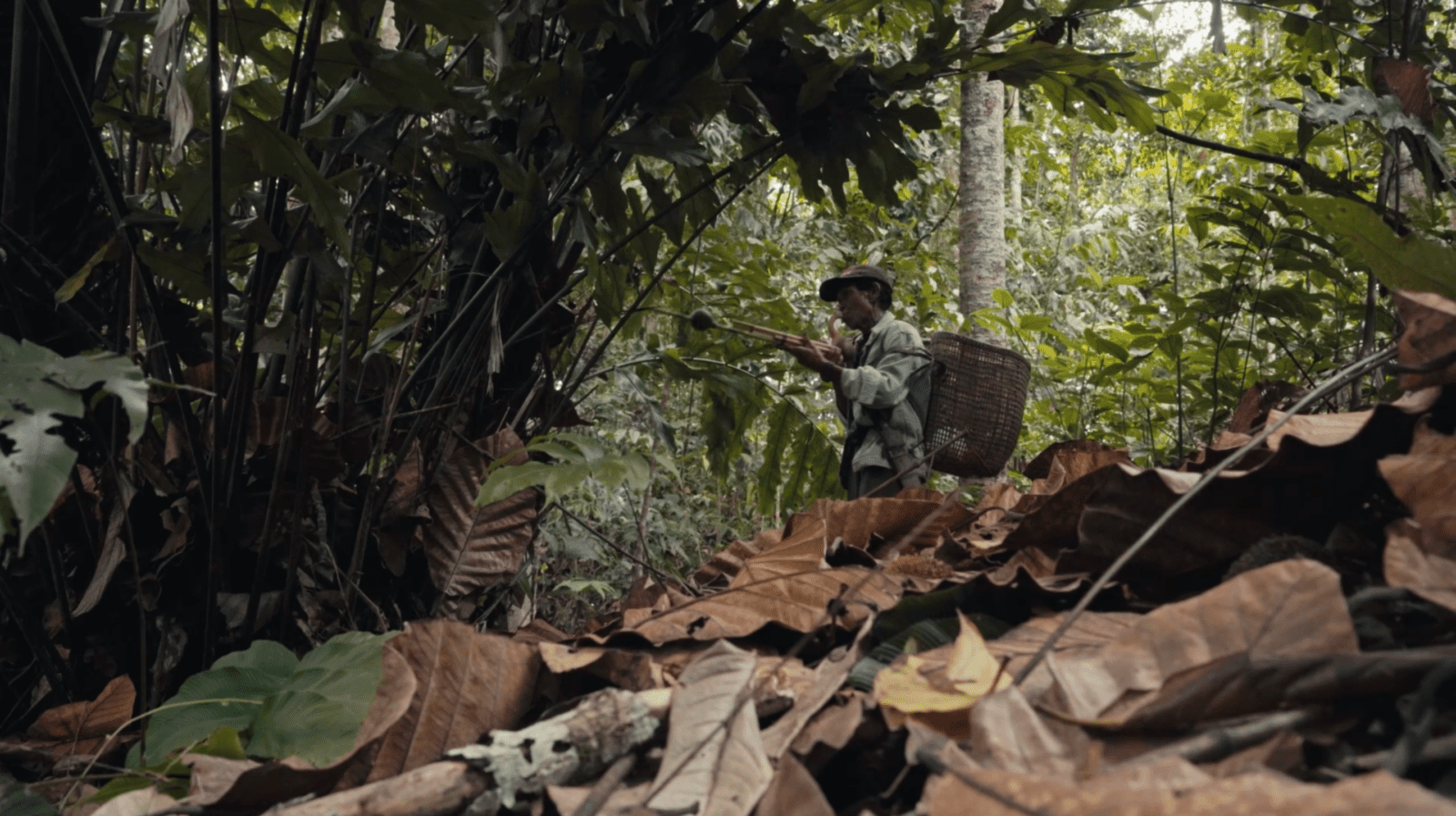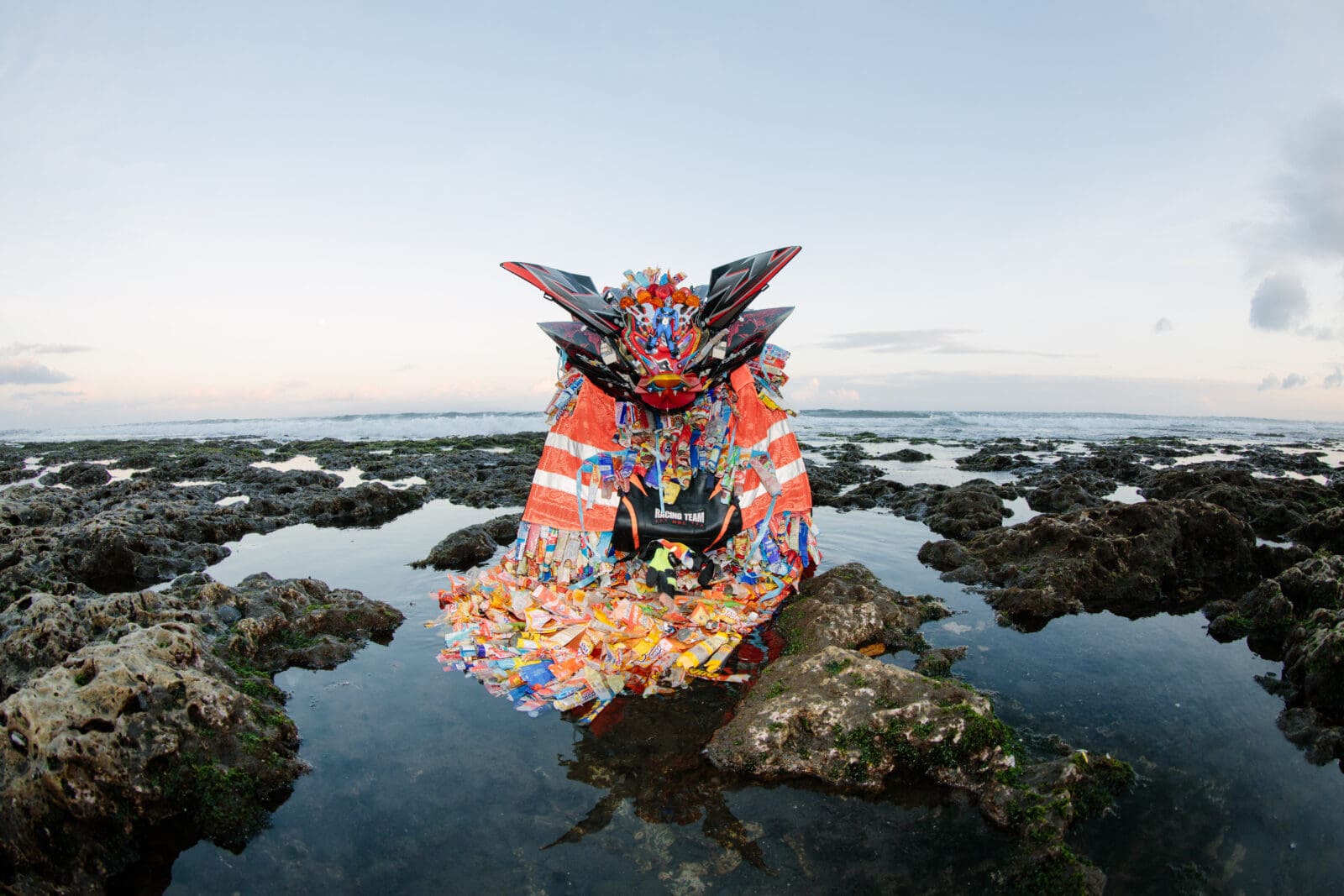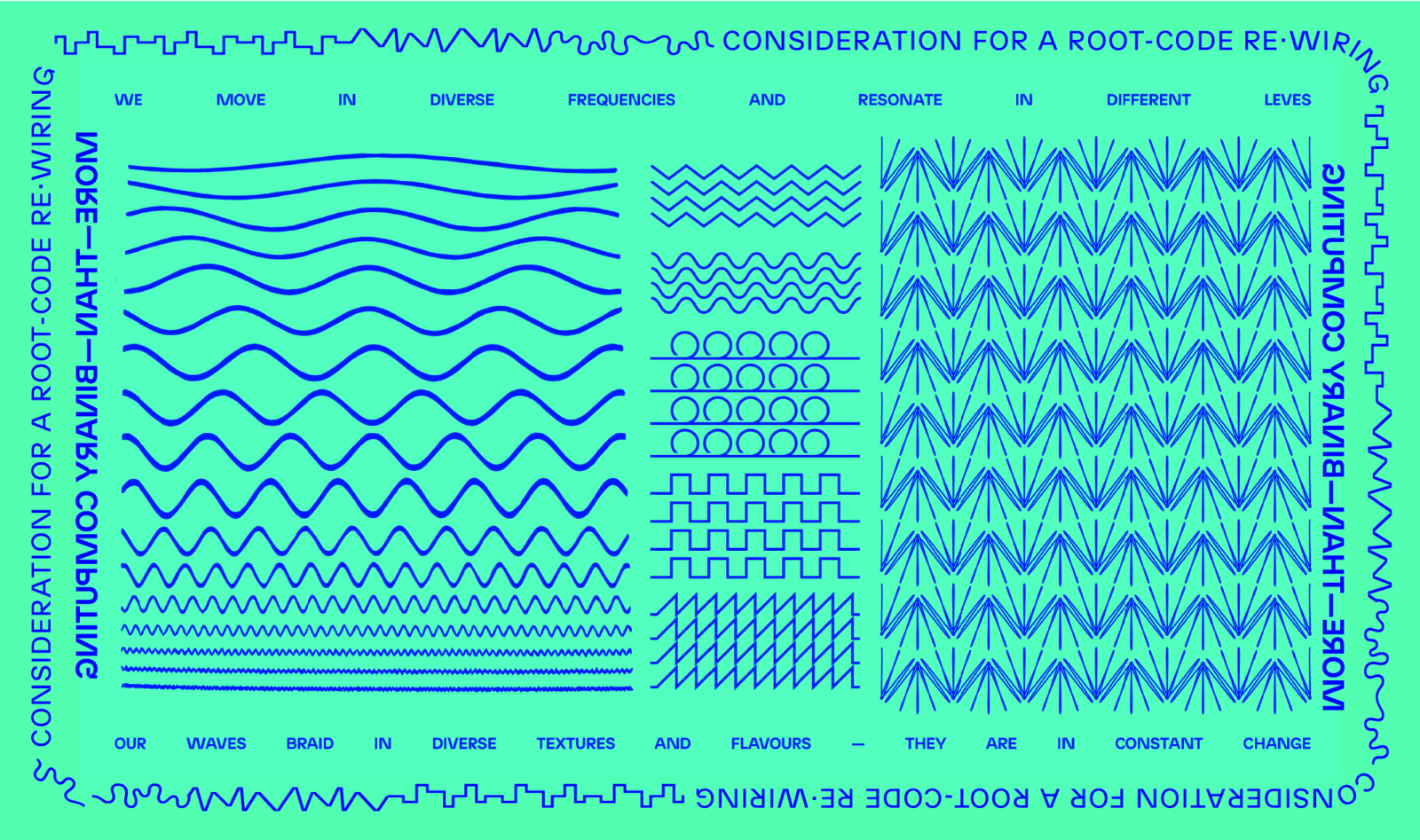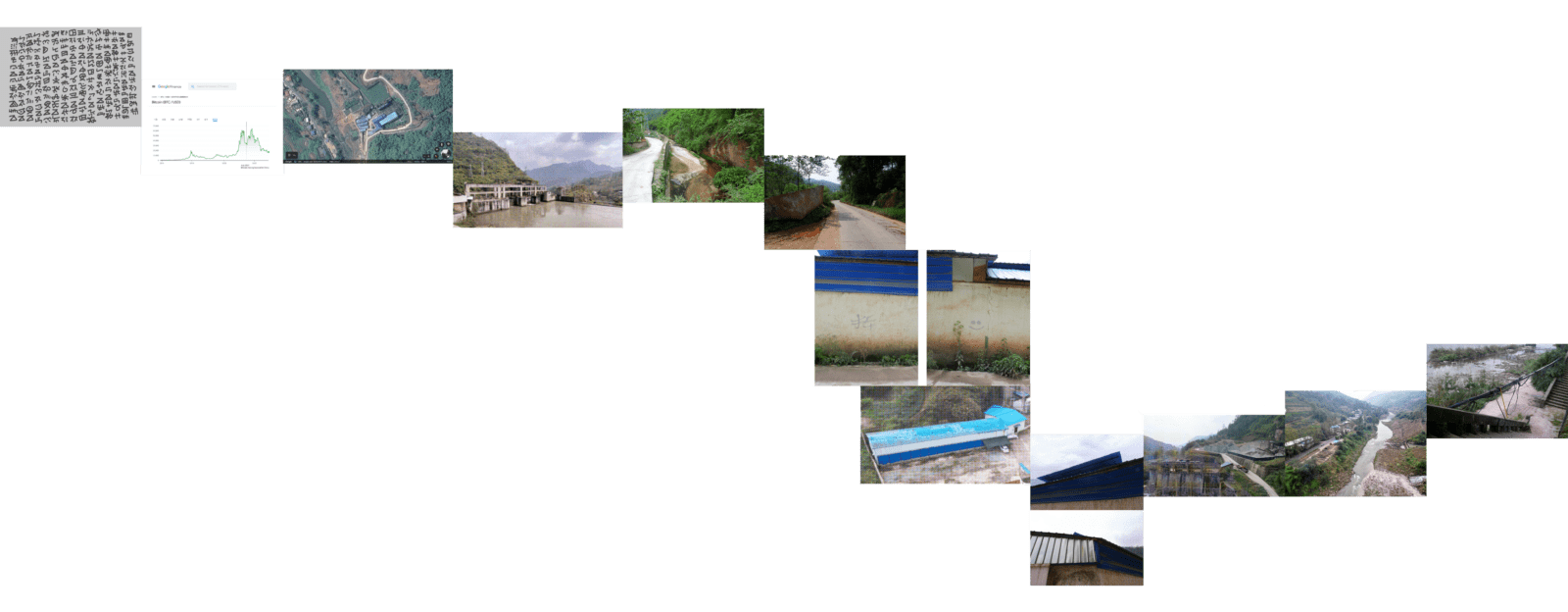CAREC
CAREC
Editor’s Note, or User’s Guide
By Asli Uludag
How do we gather, not only things but also ourselves, into a group or, more ambitiously, a collective? How do we gather the things that we gather around? What is it that gathers us?
On December 5, 2022, as the CAREC programme came to a close, we gathered around an assemblage of sounds, words, questions, and images spread across the floor, while bringing with us our individual experiences as artists, for an hour of open discussion on the challenges and redemptive possibilities of artistic practices that engage with environmental injustice. This publication brings that floor to you, dear reader, along with its unresolved questions, whimsical juxtapositions, fugitive intimacies, and emerging solidarities.
The Cycle I CAREC cohort was brought together by an application process that determined the main commonality in the group: all the participants come from countries labelled as the “Global South,” and respond artistically to environmental issues. While this is a selective category, it is equally quite broad. From Ecuador to China, our group stretches across multiple time zones, national territories, environments, cultures, and ecologies. All the participants work site-specifically, with some working across multiple sites, and all utilise various methodologies which they have developed over time to deeply immerse themselves in the environment and the communities with which they engage.
From these individual projects arose a diverse collection of practices and approaches, which served as a remarkable resource for us all. However, in producing an outward-facing publication, this multiplicity posed a challenge in presenting a smooth, clearly defined, and easily accessible common theme and narrative, especially considering the complexity of the projects; the untranslatability of local languages, matters, and phenomena; as well as our own limited engagement with each other. Additionally, most of the participants adopt slow processes in their practices, meaning that projects are drawn out over long periods of time, thus complicating our aim to represent a clean and complete body of work.
To that end, this publication embraces erratic seasonal flows and ephemeral intimacies in its structure. The content is divided into three categories: individual work contributions, duo/cluster conversations, and collective discussion and reflections. Individual work contributions include both finished and in-progress work as well as process records, notes, texts, and research materials, which aim not only to showcase artists’ work but also to illustrate their processes. Duo/cluster conversations and collective discussion and reflections bring some of the meaningful moments of interaction between the participants into the publication. They are records of the intimacies enabled by the CAREC programme, and function also as moments of call and response, which reflect on the common themes, questions, and challenges. Unrehearsed and improvised, these quick remarks and responses create space to play with ideas, words, and motifs, and open up an ongoing conversation that stands in contrast to the well-considered long forms that unpack these ideas. Oscillating between formal and informal, we pass our gatherings on to you.
The floor is yours.

